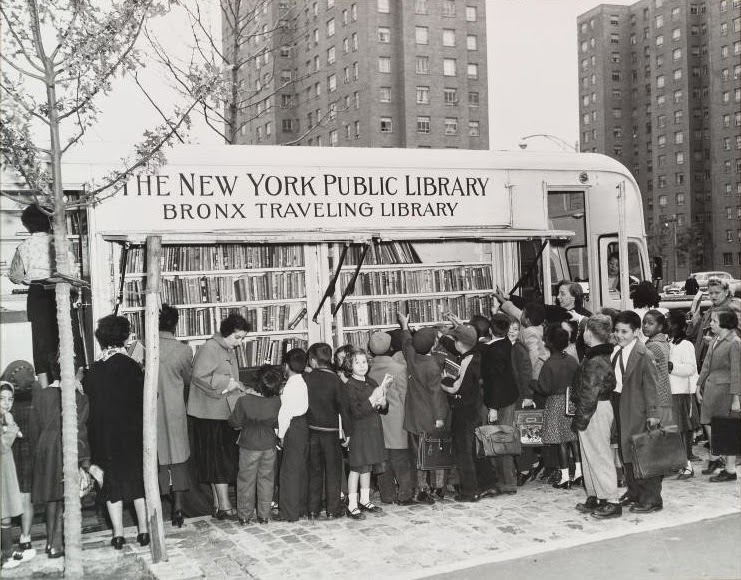Mari is the youngest of three children and her family has always treated her in a babyish way, but now things are changing and Mari must change with them. The Nazis have outlawed radios, news sources, even their traditional Norwegian dress; their king has fled to England and the government is being run by a Nazi puppet named Quisling. It is suddenly a whole different world, but at least Mari has her constant companion Odin. Only now, Odin has two enemies and they carry guns.
When Mari goes back to school in September, she is told not to trust anyone, one just doesn't know who has sided with the Nazis and who hasn't. And when older sister Lise comes home from University in Oslo for a visit, she announces that she and her boyfriend will be married sooner than planned. The reason - life is unsafe for unmarried Norwegian girls around the Nazis.
But the biggest surprise for Mari is discovering who is part of the Resistance, who isn't and which citizens are doing their bit to sabotage the Nazis in Ytre Arna whenever they can. And it doesn't take long before Mari, like the rest of her family, even her grandmother, finds herself involved in these clandestine activities as well. But is the price she pays for it just too much?
Odin's Promise is a real coming of age story. At first, Mari is a shy, quiet girl who frightens easily, but the reader can see how the circumstances she finds herself in enable her to find the courage and strength to grow and to do what needs to be done, even in the face of overwhelming threat on the part of young impulsive Nazi soldiers.
 |
| Red Hats worn by Norwegian Children From: The Paperclip Campaign |
There is lots of Norwegian culture included in Odin's Promise, particularly around the wedding of Mari's sister Lise, where outright defiance of Nazi orders was the real order of the day. And be sure to read the Author's Note at the end of the novel to learn all about how Sandy came up with some of the ideas for Odin's Promise that give it such a feeling of authenticity. And remember, there is a glossary included in the back matter that will help with both Norwegian and German words used. And, just in case Sandy has peaked your curiosity about Norway and the Resistance in WWII, she has provided at very nice bibliography, including other middle grade novels about set in the same time with similar themes.
Odin's Promise is a well written, very well researched novel and will be available on May 17, 2014. But you can read an excerpt on Sandy's website HERE
Or, if you would like to have your own personalized copy of Odin's Promise, just leave a comment and I will be choosing a winner used Random.org Please provide a valid email in your comment so I can contact the winner. You will have until May 6, 2014 to enter the giveaway.
This book is recommended for readers age 9+
This book was sent to me by the author
Odin's Promise is on tour at the following blogs:
April 21 - Erik at The Kid Reviews Books
April 24 - Rochelle Melander at the Write Now! Coach
April 28 - Suzanne Warr at Tales from the Raven
April 29 - Alex Baugh at The Children's War
April 30 - Margo Tanenbaum at The Fourth Musketeer
May 1 - Heidi Grange at Geo Librarian
FYI: Mention is made of the sign used by Norwegians to show solidarity and support for Norway and their exiled King Haakon VII. The sign consists of the king's monogram and Churchill's V for victory:
This is book 2 of my 2014 European Reading Challenge hosted by Rose City Reader






















